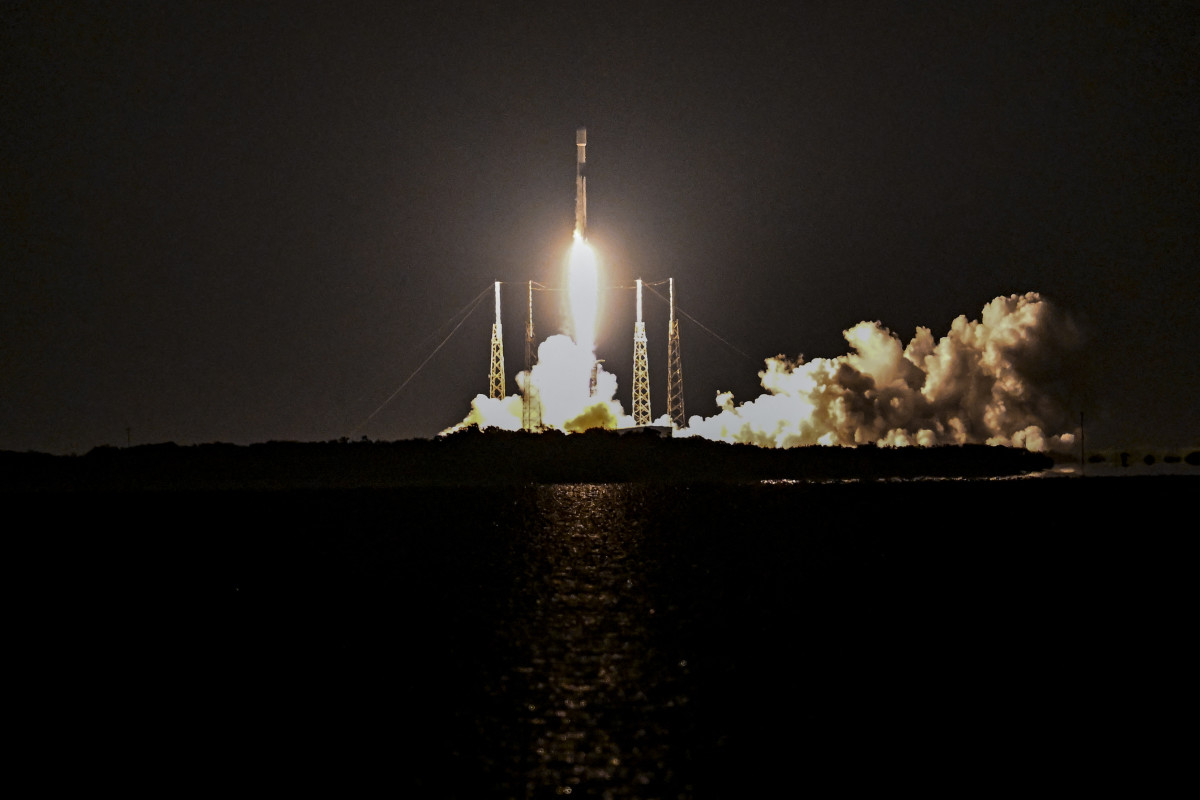
The space around Earth is getting crowded.
Some 8,600 active satellites are currently orbiting the planet, more than half of them belonging to SpaceX's Starlink constellation.
The number of satellites orbiting Earth will continue to rise in the coming years; SpaceX has approval to operate a constellation of 12,000 satellites and has plans to boost that to at least 40,000.
Amazon's (AMZN) -) Project Kuiper, meanwhile, just launched its first test satellites and plans to launch more than 3,000 satellites over the next six years.
Related: Why Elon Musk's biggest dream is now one step closer to reality
This steady growth in the number of objects orbiting the planet poses a growing risk over time to people on Earth, the Federal Aviation Administration said in a report Oct. 5. And since SpaceX operates the bulk of satellites in orbit, the company, according to the agency, is responsible for the greatest share of risk.
The implication of the report, which was delivered to members of Congress, centers on the threat of nonfunctional satellites reentering Earth's atmosphere.
If some amount of debris from these steadily increasing satellite constellations survives reentry, the FAA wrote, at least one person could be injured or killed every two years by 2035.
The FAA predicted that around 28,000 "hazardous fragments" could survive reentry every year by the given date. Debris fragments could additionally damage (and subsequently take down) an aircraft, likely killing everyone on board.

SpaceX objects to report's risk conclusions
The probability of such an event occurring in 2035 would be .0007, the FAA said. The Agency said that 85% of the risk to both aviation and people on the ground by that year is posed by SpaceX.
In an Oct. 9 letter, SpaceX's principal engineer, David Goldstein, took issue with the implications of the report, saying that it was predicated on "deeply flawed analysis."
“To be clear, SpaceX’s satellites are designed and built to fully demise during atmospheric reentry during disposal at end of life, and they do so,” Goldstein wrote.
“Extensive engineering analysis and real-world operational experience verify this basic fact.”
More than 350 Starlink satellites have deorbited without any reports of debris surviving reentry, according to the astrophysicist and satellite tracker Jonathan McDowell.
Goldstein said that the analysis was based on a 23-year-old NASA study that found a small piece of debris per 100 kilograms on Iridium satellites survived reentry.
Related: Company faces first-ever U.S. fine for one bad behavior in space
“The analysis is inapplicable to SpaceX satellites because — among other things — Iridium satellites were not even built to be fully demisable,” he said.
The engineer added that those such satellites are “not similar in material, construction, design, orbit and operation from SpaceX or any other modern satellite in [low Earth orbit].”
The FAA did acknowledge this in its report.
"If SpaceX is correct in reporting zero surviving debris, as SpaceX reports in [Federal Communications Commission] filings, and Starlink is a fully demisable spacecraft, the rise in reentry risk is minimal over the current risk," the agency said.
It added that if there is a chance that SpaceX is wrong, "it would be worthwhile to definitively evaluate if any debris from random atmospheric reentry of Starlink spacecraft survives reentry."
Action Alerts PLUS offers expert portfolio guidance to help you make informed investing decisions. Sign up now.







